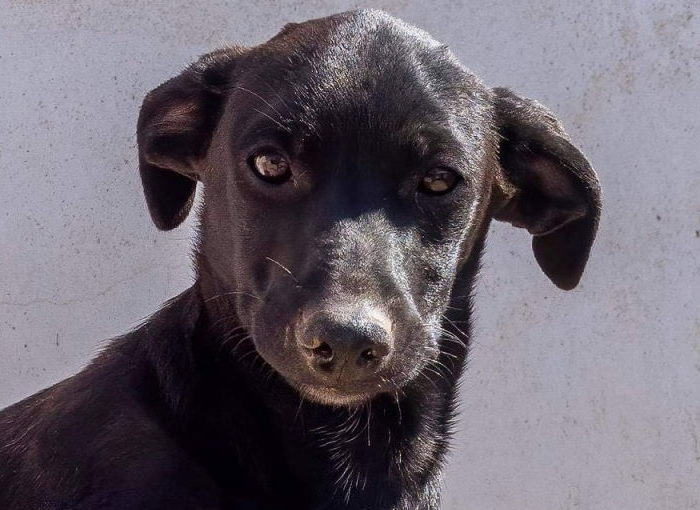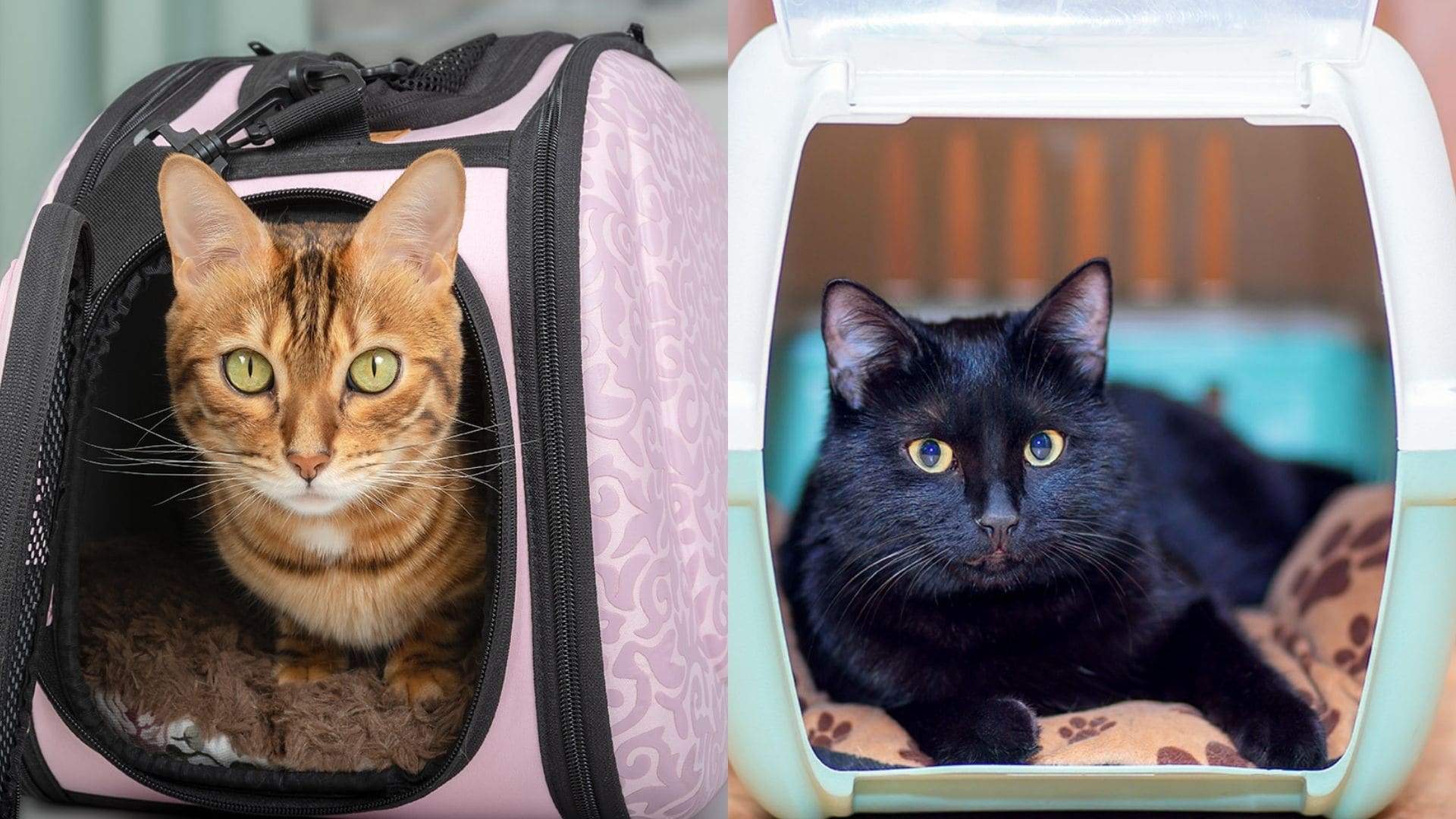

If you’re in the market for a brand new cat carrier, but you’re not sure what kind you should get, then you’ve come to the right place. Soft and hard cat carriers are entirely dissimilar to each other and can be used for different reasons. We’ll go over everything about cat carriers so you can get better acquainted with these two distinct types of carriers and what will work best for you and your cat.
Read on if you want to learn more about the soft versus the hard cat carrier, and hopefully, you’ll find the right one for your needs.

Overview of Soft Carriers
Soft cat carriers tend to be made from sturdy polyester, microfiber, or nylon and have added mesh for ventilation. Soft-sided carriers come in a wide variety of styles, sizes, and colors, so we’ll go over all of the options.
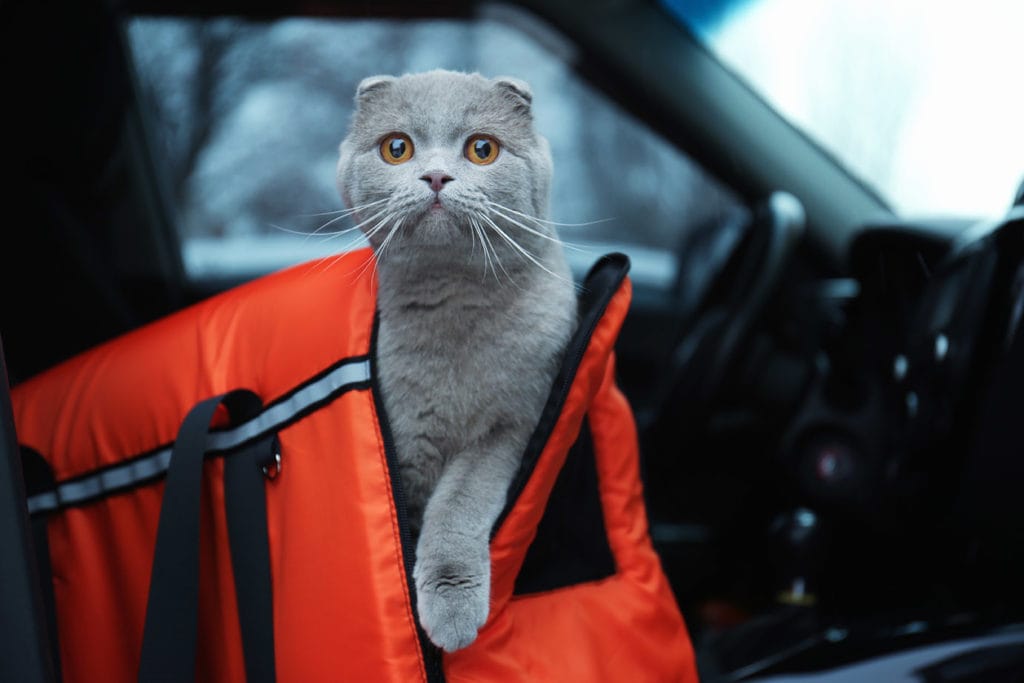
Different Types of Soft Carriers
Not all soft-sided carriers are the same.
Backpacks: Yes, you can wear your cat on your back. Many of these kinds of carriers also have wheels and a handle so you can turn them into a rolling case. Bear in mind that many cats will be frightened of the sounds and bumpiness of being rolled along the sidewalk.
Tote: These are the more traditional soft cat carriers that you’re probably familiar with. They usually have one or more zippered doors and 2 different sets of straps that can be slung over your shoulder or just carried like a tote bag.
Bag or sling: This type is usually the smallest. It is worn as a sling over your shoulder and across your body. Your cat’s body stays inside the carrier while her head will stay out so she can watch the world pass by.
Stroller: While not officially a carrier, some people opt for a stroller for their pets. This way, you can actually keep an eye on your pet, and pushing a stroller isn’t as difficult as lugging a heavy carrier. They are also collapsible for easy storage.
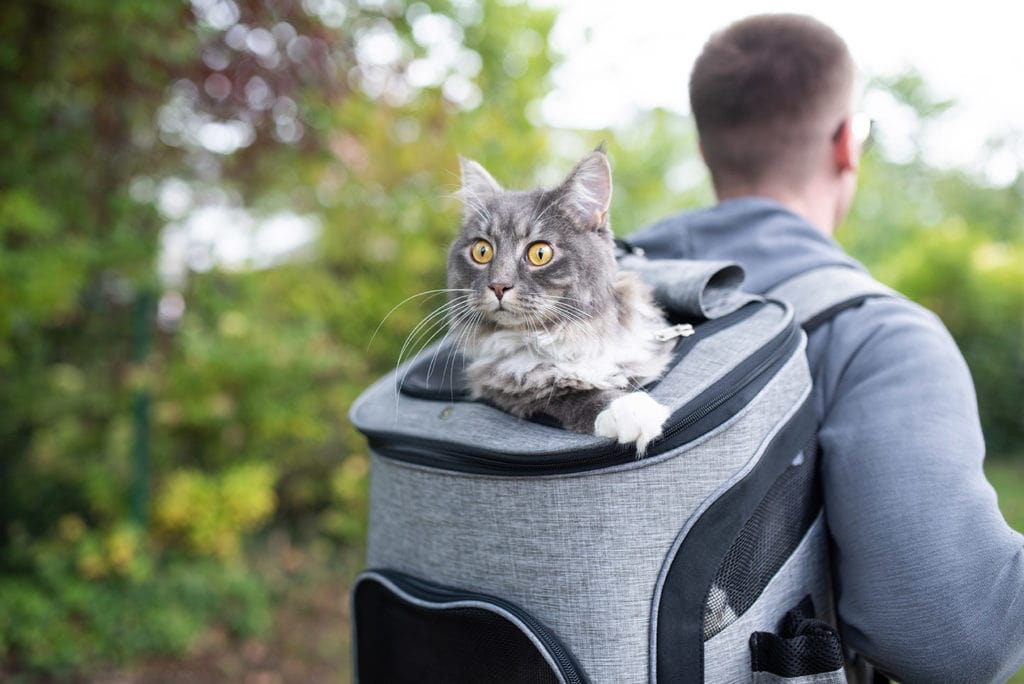
What It’s Good for
Airline travel: One of the advantages of the soft-sided carrier is they are perfect for air travel where you can take your cat into the cabin with you. You should always double-check with the airline you will be traveling with about their rules and regulations regarding your cat. Many cat carrier companies state that their carrier is airline-approved but always check the measurements first.
Stylish: Many of the soft-sided carriers are quite attractive. They come in almost any color you can imagine—everything from zebra print to multicolor. There are lots to choose from.
Space-saving: For people living in small apartments or condos and where space is at a premium, the soft carriers can be folded or even squished into tighter spaces when in storage.
Lightweight: When lugging your cat around, the soft carriers tend to be much lighter and easier to carry.
Pros
- Multiple colors and styles
- Easier to carry—much lighter than other options
- Can be used for air travel as carry-on luggage
- Doesn’t take up as much space while being stored
- More cozy and comfortable for a cat
- Can be a backpack, tote, stroller, or sling
Cons
-
- Not as durable
- Some cats might manage to escape through biting and clawing
- Zipping up a door on a struggling cat is quite challenging
- Smaller and not as appropriate for long-distance travel
- Not easy to clean

Overview of Hard Carriers
Hard carriers tend to be made from durable plastic with coated metal or stainless-steel doors. Most hard carriers come in one style and are also referred to as a kennel. This means that there aren’t as many different types of hard carriers as there are for the soft ones, but we’ll have a look at some of the options available for hard-sided cat carriers.
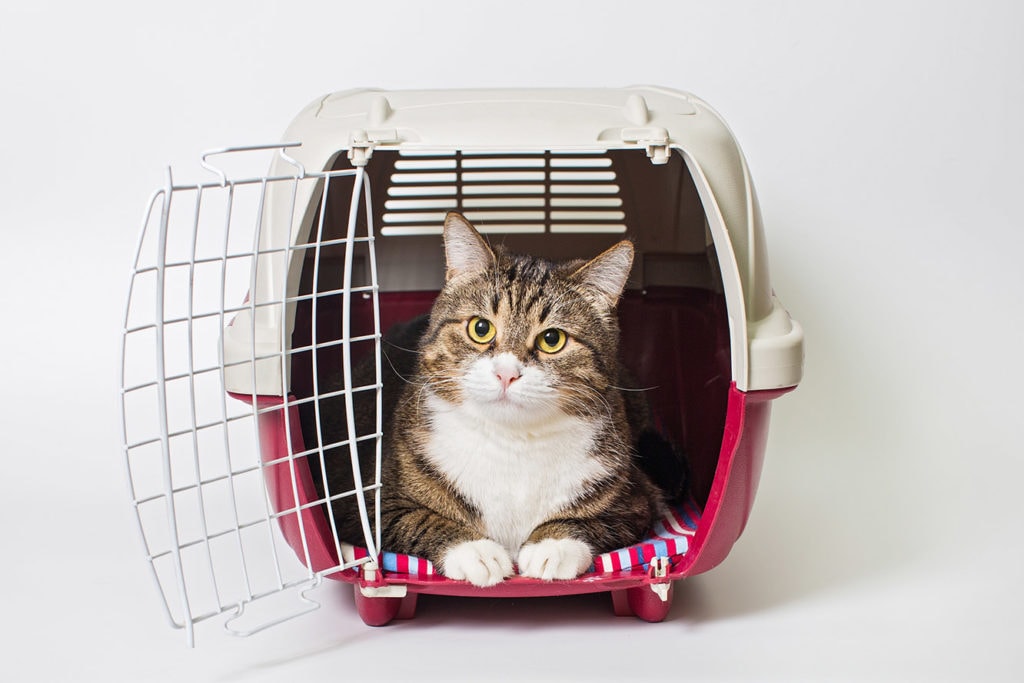
Different Features of Hard Carriers
Doors: Many hard carriers come with just one door, but currently, there are more options available with two doors—for front and top entry.
Top loading: Beyond having a top-loading door, some hard-sided carriers can have the entire top removed. These kinds of kennels resemble a plastic basket with a hinged lid that you can quickly close and lock into place.
Food and water trays: Some kennels have trays attached inside that can hold your cat’s food and water, which comes in handy for longer trips.
Handles: All of these hard carriers have a handle on top, making it more challenging to carry a heavy load.
Drawer feature: This is not a common option, but there are hard-sided carriers that have a drawer feature. You pull the drawer out, place the kitty in, and close the drawer. You’ll need to act fast if your cat is an expert escape artist.
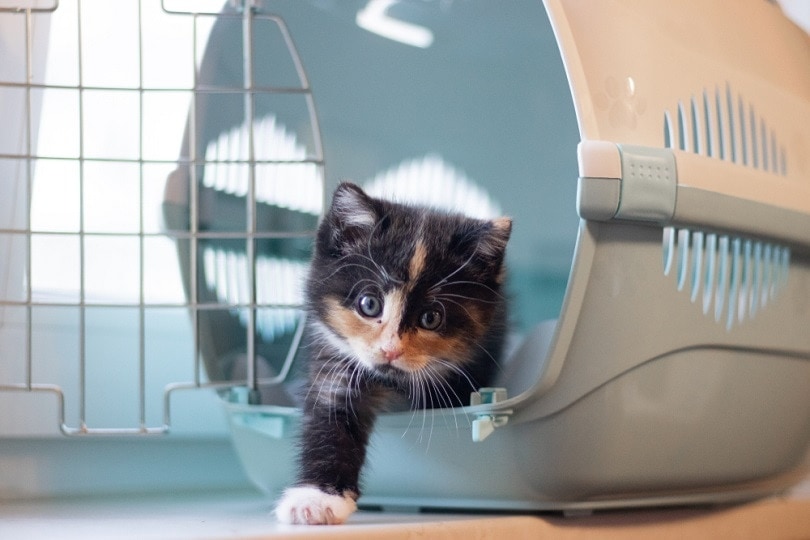
What It’s Good for
Long-distance travel: Hard-sided carriers are great for long-distance travel, particularly by car or if you’re looking for a kennel that meets the International Air Transport Association (IATA) requirements. If you can’t bring your cat into the cabin, you’ll need the hard-sided cat carrier so she can be placed in the cargo part of the plane.
Larger: These carriers tend to be much roomier than other carriers. You can add a blanket or towel without it taking up a lot of space, and it will make it comfier for your cat.
Food and water bowls: If you purchase one of these carriers and it doesn’t come with a food and water tray, you can still purchase special bowls that can be attached to the stainless-steel door. This adds to the convenience of long-distance travel.
Easy to clean: Because they are made from hard plastic, they are very easy to clean if there are any accidents.
Pros
- Great for long-distance travel
- Large and roomy
- Food and water bowls can be attached
- Easy to clean
- Very sturdy, which means extra protection
- Difficult for cats to get out of
- Not as challenging to get cats inside
Cons
- Can be expensive
- Large and hard, so they take up storage space
- Lacks a cozy feel for cats

What Size Do You Need?
The rule of thumb is that your cat should be able to stand up, turn around, and lie down inside the carrier. It should essentially be about one and a half times the size of your cat. You also don’t want a carrier that’s too big, or your cat will be sliding all over the place, which will add to her stress.
When to Use Which?
The soft-sided carrier:
- Best for taking your cat with you in the cabin of an airplane
- Short trips to the vet or groomers
- Travel to a motel/hotel for home evacuation
- Traveling to the emergency clinic
The hard-sided carrier:
- Airline travel in the cargo area
- Long-distance car travel
- Trips to the vet, groomers, or emergency clinic
While you can use the hard carrier for most of the same things as the soft, keep in mind that if taking your cat to the vet is quite stressful for her, the soft carrier might make her feel a little cozier and safer.
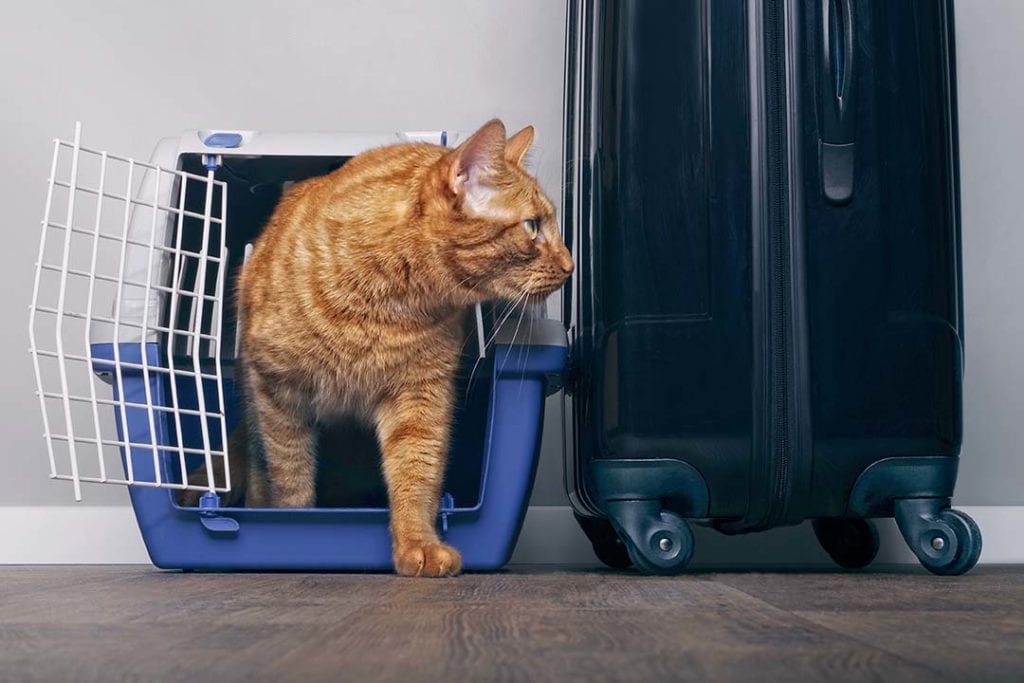
Safety
The handle should be strong. You don’t want the entire carrier crashing to the floor because the handle broke or gave out.
Consider covering the carrier with a towel if you’re going on a short trip and your cat is particularly stressed out. This can give her that dark, enclosed place that can make her feel safe.
Always ensure there is enough ventilation in the carrier as well. Both soft and hard carriers tend to have ventilation through the doors and along the sides. And don’t forget to secure your cat’s carrier with a seatbelt. Some carriers have a feature that allows you to attach a seatbelt, so something to look out for.
Other than the trip home from the shelter or rescue group, never use a cardboard carrier. Cats can quite easily chew or push their way out of these carriers, and the last thing you want is to have a terrified cat climbing under your brakes or into your steering wheel while you’re driving.
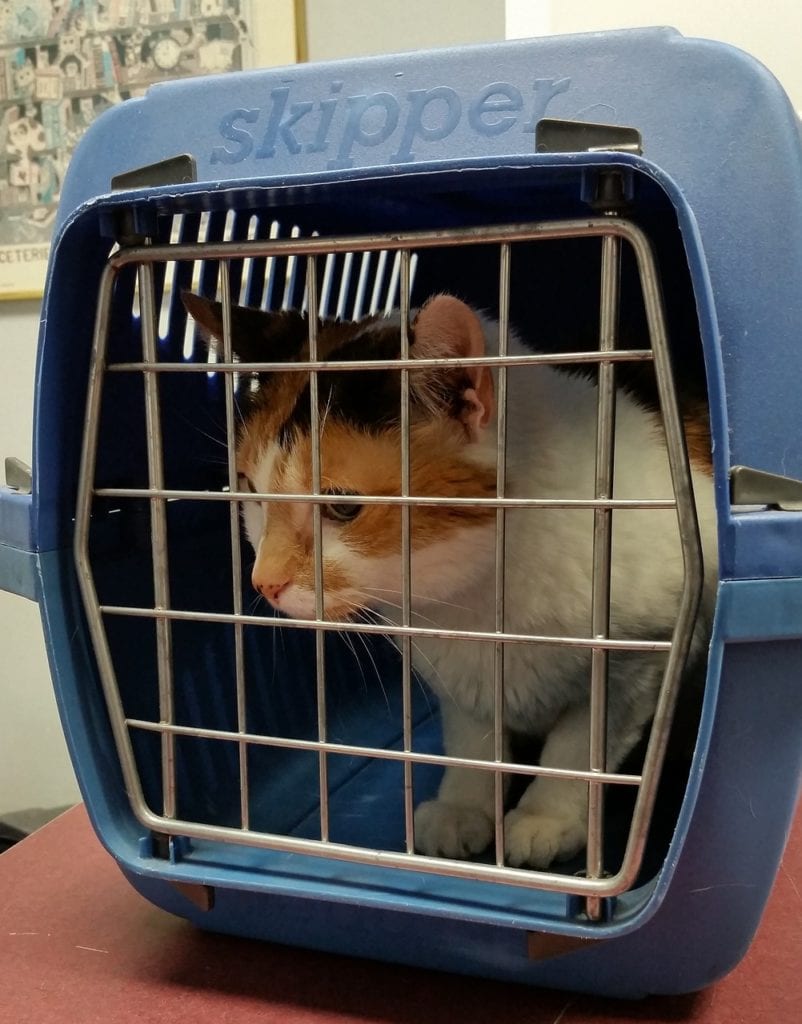
Other Factors to Consider
Cats that are, shall we say, feisty, might not do as well in a soft-sided carrier. While the material is quite durable, if your cat constantly tries to claw and bite her way out, the carrier will start to break down.
Having a top-loading door can be quite helpful as gravity is your friend when you’re trying to put a reluctant cat inside the carrier.
If you are planning on driving with your cat across the country, you’ll need a carrier that can hold her food and water and a small litter box.
Also, keep in mind that if you have more than one cat, you’ll need a carrier for each one. No matter how much your cats like each other, in a stressful situation and crammed together in a smallish box, it’s quite likely one or both of your cats might become aggressive with each other.

Conclusion
We hope we’ve made your decision just a little easier over what kind of carrier will work best for you and your kitty. In some cases, you might want to buy one of each, particularly if you do a lot of traveling.
Consider leaving the carrier out as an extra sleeping spot for your cat. Add some treats and toys, and your cat might start to view it as a safe space rather than something to fear.
Featured Image Credit: (Left) Svetlana Rey, Shutterstock | (Right) borisenkoket, Shutterstock
Kathryn was a librarian in a previous lifetime and is currently a writer about all things pets. When she was a child, she hoped to work in zoos or with wildlife in some way, thanks to her all-consuming love for animals. Unfortunately, she’s not strong in the sciences, so she fills her days with researching and writing about all kinds of animals and spends time playing with her adorable but terribly naughty tabby cat, Bella. Kathryn is hoping to add to her family in the near future – maybe another cat and a dog.


